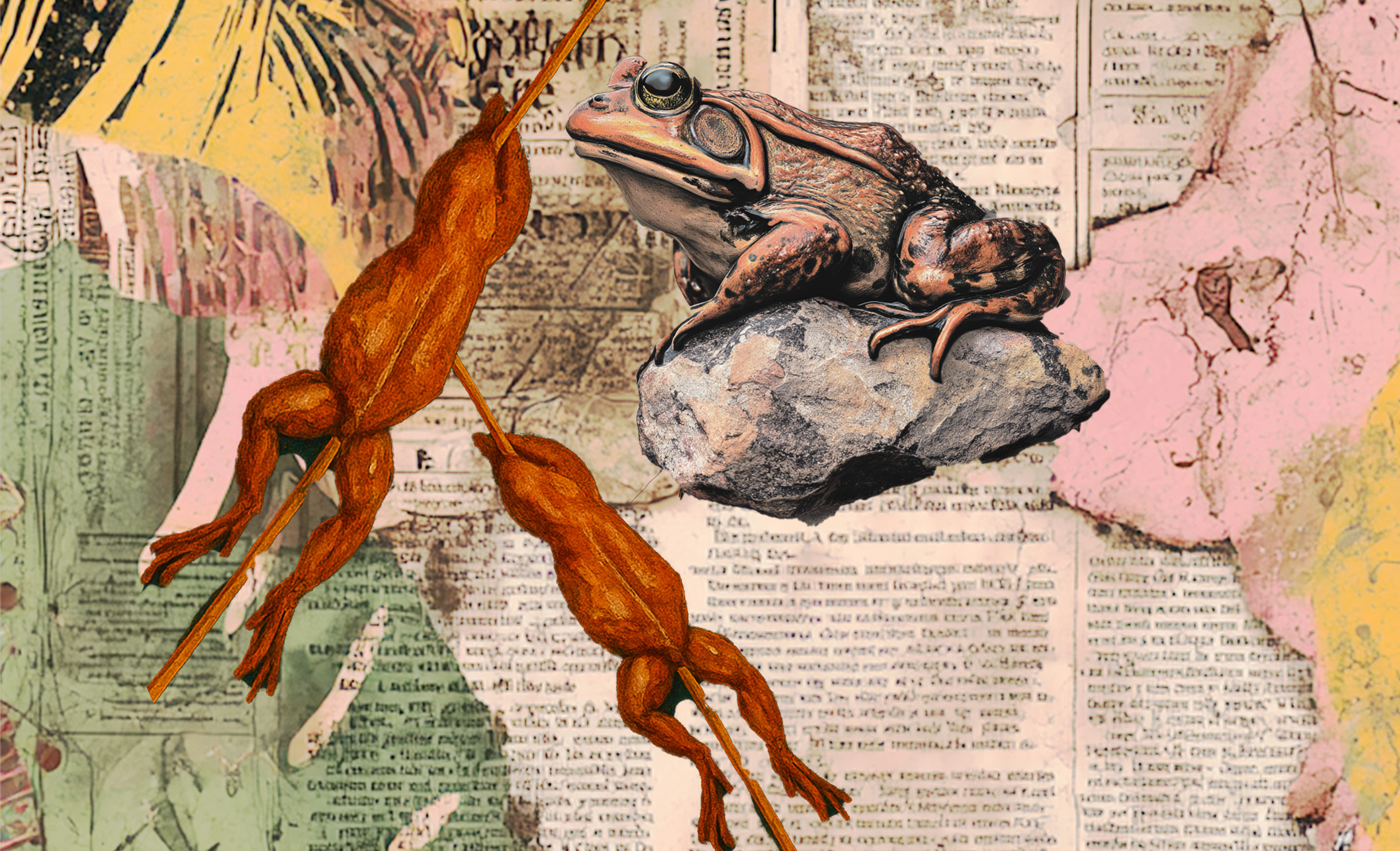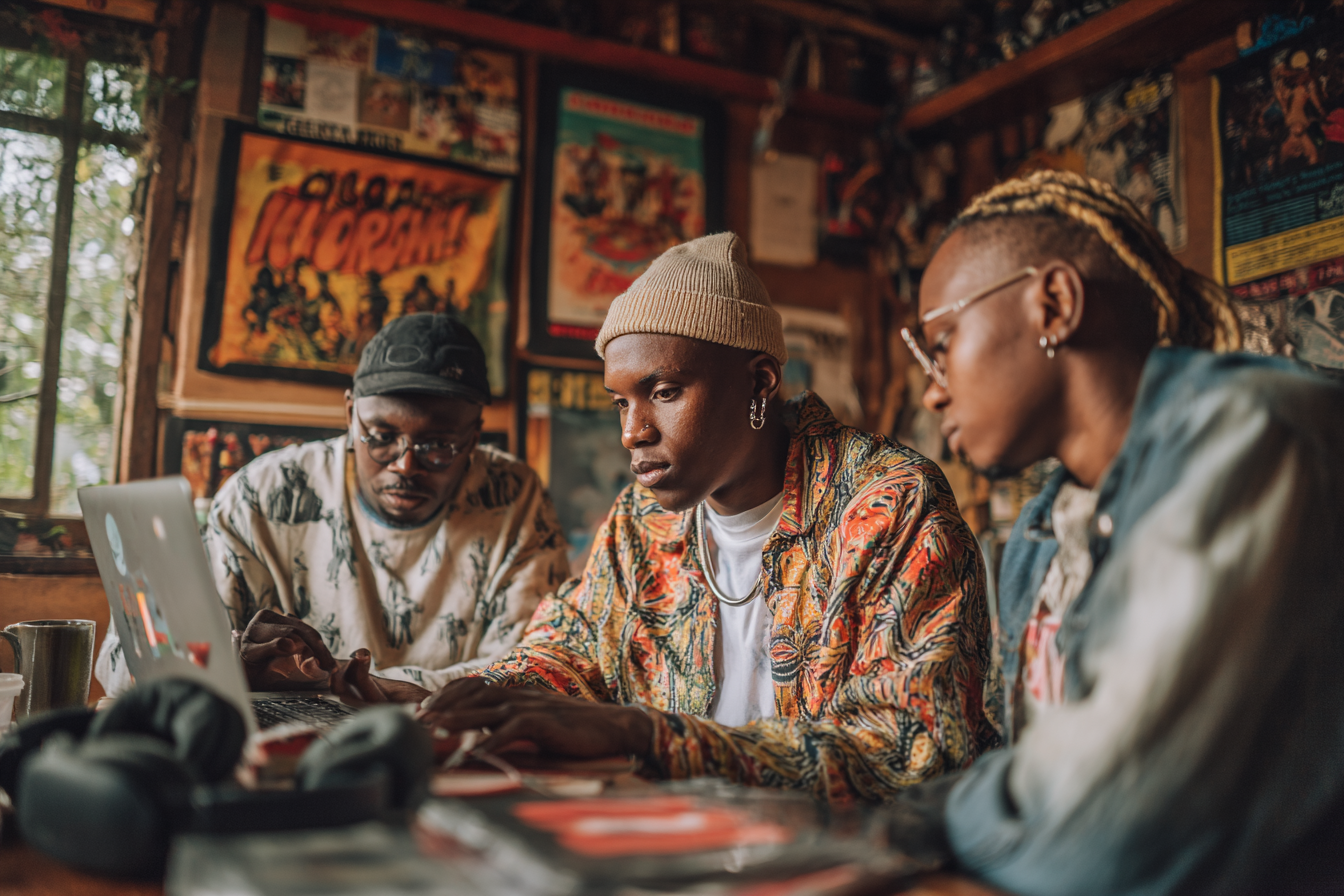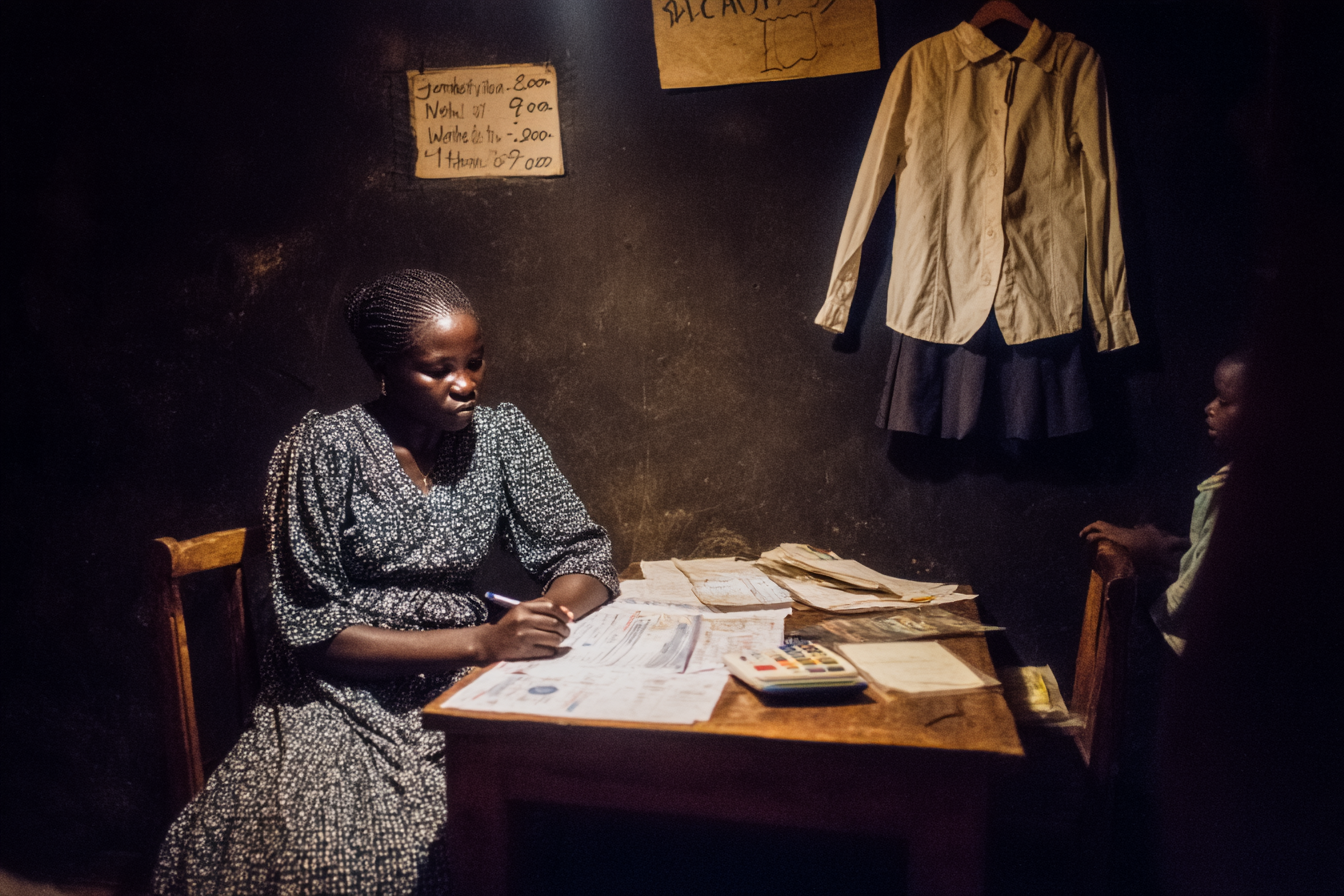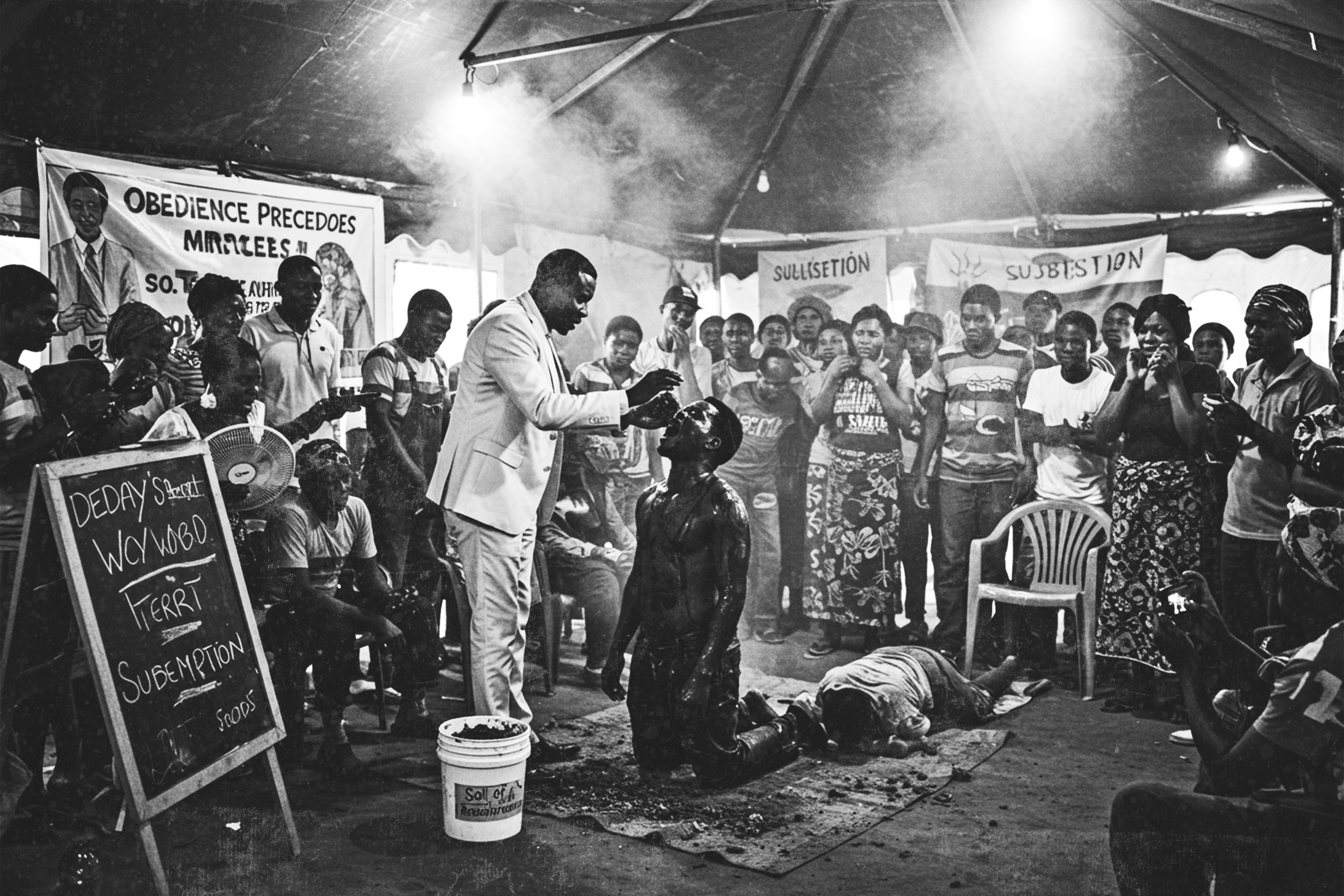The Lenje people were one of the earliest groups to settle in modern-day Zambia, following the Luba-Lunda migrations. Currently ruled by Senior Chief Mukuni and five other Chiefs, the Lenje are mostly concentrated in Central Province and possess a wealth of cultural heritage.
If you have ever travelled through Zambia's Western and Central provinces, you've probably seen the endless waves of elephant grass stretching toward the horizon. It's in this landscape that the Lenje people have made their home for centuries.
The Lenje people, or baLenje, are an ethnic group believed to have arrived in Zambia as early as the 17th century. In the Western and Central provinces, elephant grass is referred to as lenje. This is where the Lenje people derive their name -the people of the grasslands. The Lenje people are classified as part of a language group called Bantu Botatwe (three people), which refers to the people who are believed to have been the earliest inhabitants of Zambia. Bantu Botatwe consists of the Tonga, Ila and Lenje, although other ethnic groups are occasionally considered part of Bantu Botatwe.
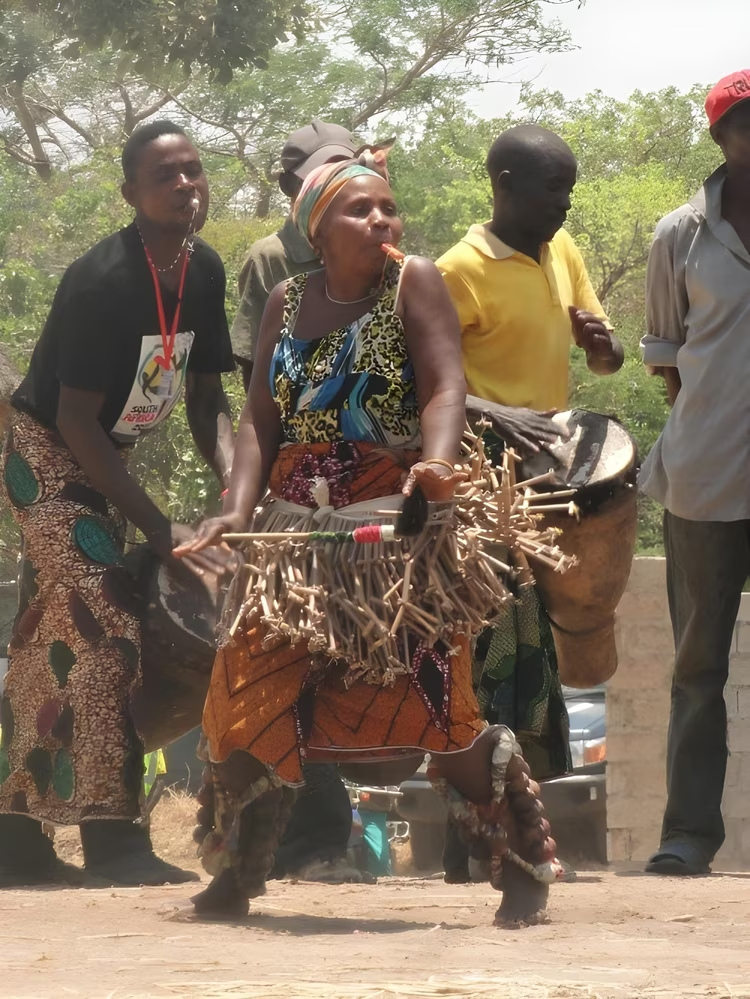
Origins of the Lenje People
The story of how the Lenje came to settle in their current homeland is preserved in oral tradition through two distinct narratives. There are two versions of the Lenje's origin story. The first tells of an Eastern Bantu people who moved South and established themselves around Lake Malawi. Led by Chief Mukuni, descendants of the Eastern Bantu split from this group and settled in the Lower Zambezi. The migration didn't end there, however. Later, another smaller group left Mukuni's Chiefdom and moved towards an area around Lukanga and became who we know as the Lenje today.
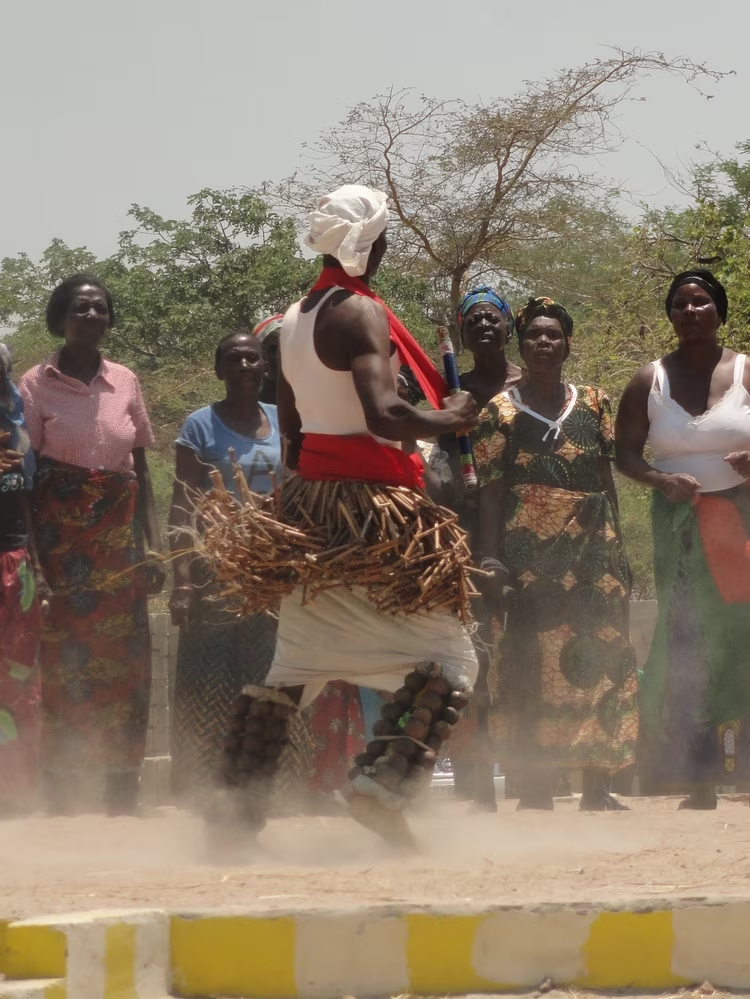
The second version recounts a dispute between Mukuni and his father, Mulopwe. This family conflict would shape the destiny of multiple communities. Following their disagreement, Mukuni left the Luba empire in Congo and settled with his followers in the Lukanga area. Taking a smaller group with him, Mukuni eventually settled closer to the Victoria Falls, forming what would become known as the Toka Leya. The group that remained at Lukanga chose a new chief called Munsaka, and called themselves baLenje.
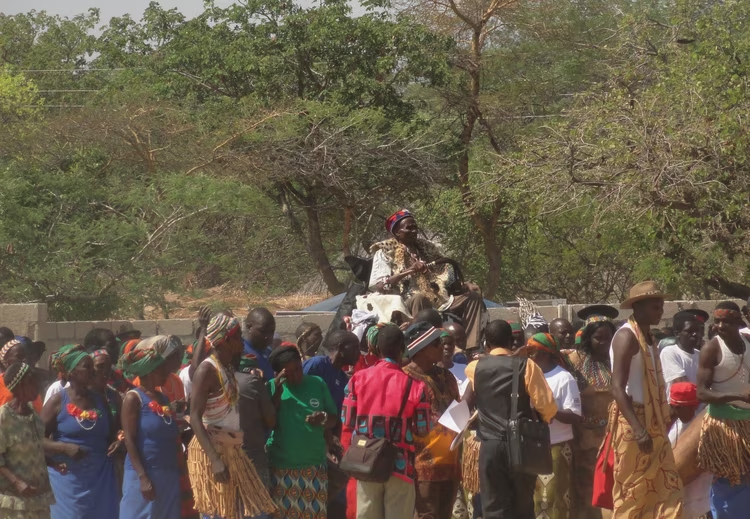
Despite establishing their own distinct identity, the connection to their ancestral leadership remained strong. They retained Mukuni as paramount chief, and the Lenje still refer to themselves as Bene Mukuni (Mukuni’s people) in contemporary times. The Lenje also praise themselves with the term Ba Lenje Banstanshi, which means “the Lenje are the first ones.”
Lenje Society and Customs
The Lenje are led by five chiefs, and amongst them is a paramount or senior chief. The current chiefs are: Senior Chief Mukuni Ng’ombe, who is sometimes called Chief Chipepo; Chief Chitanda, Chief Liteta, Chief Mukubwe and Chief Mungule. Although Lenje leadership comprises chiefs and subordinate headmen, they do not have absolute power. The Lenje also follow patrilineal succession, which means that children belong to their father’s side of the family and upon the death of a chief or headman, they would be succeeded by a male relative (son, brother or nephew).
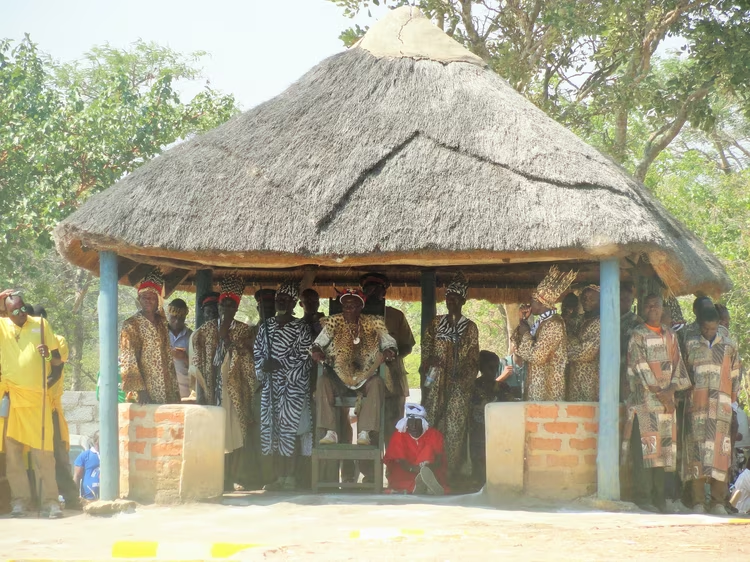
Similar to the Bemba, the Lenje organised themselves into clans, with each clan being represented by mostly animals and other items. Clan names include: Bene Nkalamu (lion clan) and Bene Njuni (bird clan). Every year in October, the Lenje have a traditional ceremony called Kulamba ku Bwalo. The ceremony is held at the Likonde Lya Ba Nkanga shrine, where the mother of the Lenje chief is buried. The ceremony serves many purposes. It functions as a celebration of the Senior Chief and subordinate chiefs for their service to the people, and also as a giving of thanks to God for a good harvest. Kulamba Ku Bwalo is marked by a week of activities that include singing, dancing and feasting.
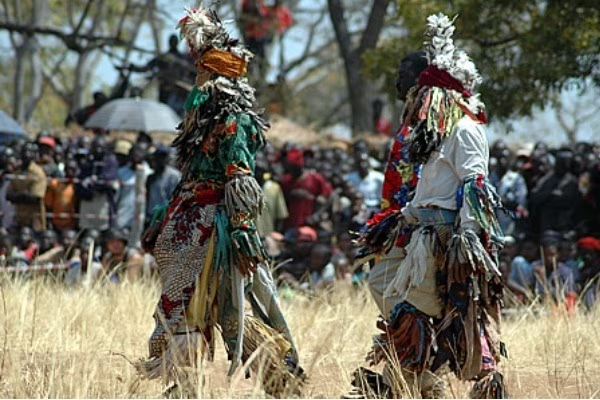
The Lenje’s history and culture are rich and dynamic, a part of the tapestry of 76 tribes that make the beautiful country that is Zambia.


